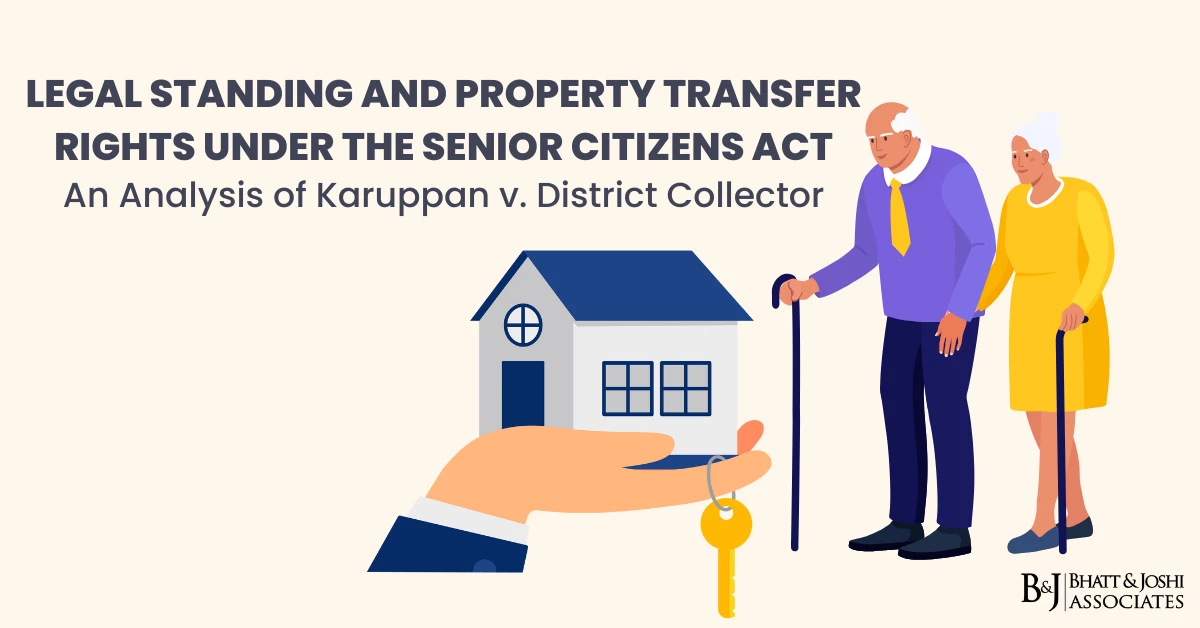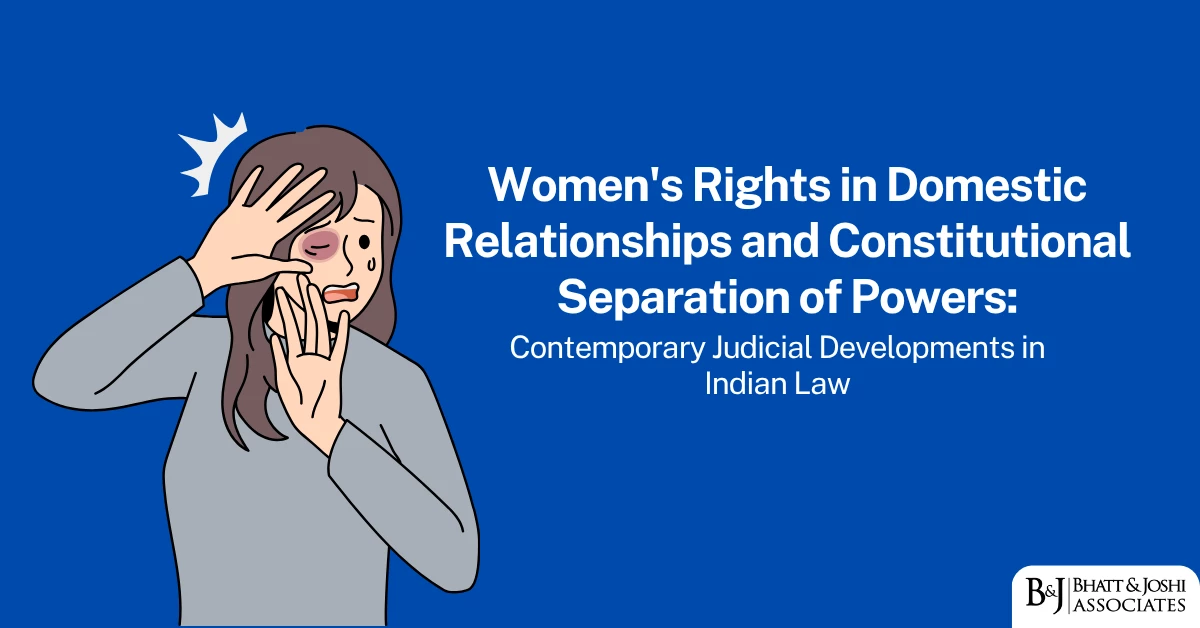Introduction
Threshold limit refers to the minimum value that needs to be crossed in order to enable the action arising out of a provision. Section 4 of the Insolvency and Bankruptcy Code, 2016 (hereinafter referred to as the “Code”) sets the threshold limit of the defaulted debt at Rs.1,00,000 i.e., in order for a creditor to be eligible to make an application to the Adjudicating Authority to initiate Insolvency and Resolution Proceedings against a Corporate Debtor, the minimum value of the defaulted debt should be Rs. 1,00,000.

Due to the Covid-19 Pandemic, the Government of India through circular S.O 1205(E) dated 24/03/2020 raised the threshold limit set by the Code from 1 Lakh to 1 Crore Rupees. This was to ensure that the businesses that were already suffering due to the pandemic are not further burdened by the weight of insolvency proceedings for a small amount (from a commercial point of view). Keeping aside the changes necessitated due to the pandemic, it was long coming that a change was to be brought in the threshold limit set as the limit of 1 Lakh by the Code is Creditor Friendly and the provision is exploited by the creditors time and again dragging the debtor to court for frivolous amounts of money. On the other hand, the limit now set by the notification is at the other extreme end of the scale, and is disadvantageous for creditors, especially operational creditors. As per Section 7 of the code, the financial creditors can file an application to initiate Insolvency proceedings for individual debts as well as on behalf of other financial creditors of the Corporate Debtor, which means that a financial creditor can still easy file an application if he is able to incorporate total debts to reach the threshold limit of Rs. 1 Crore owed by the Corporate Debtor, but on the other hand when the provision governing the right of the Operational Creditor to file an application to begin insolvency proceedings is read along with the Notification passed by the GoI, we can see that the operational creditors are now in a disadvantageous position as an operational creditor has to meet the threshold limit individually, and looking at the nature of the debt arrangement, it is highly improbable for a Corporate Debtor to be under the debt of a single Operational Creditor for an amount of Rs. 1 Crore. The notification seems to be in contravention to the motive behind passing the Code which is to protect the interest of the creditors because such a high threshold limit.
CASE LAWS
The NCLT of Chennai in the case of M/s Arrowline Organic Products Pvt. Ltd. v. M/s Rockwell Industries Limited answered this question. The facts of this case dealt around the appeal by the Corporate Debtor that since the threshold limit has been increased vide Notification S.O. 1205(E) dated March 24, 2020, the order passed to initiate the CIRP against the Corporate Debtor under petition IBA/1031/2019 should be quashed. The Tribunal relied on the following judgements to come to find out a definitive answer to the question:
Bakul Cashew Co. vs. Sales Tax Officer Quilon:
In this case, the Supreme Court of India observed that only the legislature in India has the power to make and amend the laws, and whenever this power is conferred upon any other authority, the scope of the power is limited and the applicability can not be applicable retrospectively. Applying this precedent to the case at hand, we can observe that the notification increasing the threshold from 1 lakh to 1 crore has been passed by the Central Government and not the Legislature, therefore the notification will not be applicable retrospectively.
Kirti Kapoor v. Union of India:
In this case, the Division Bench of the Hon’ble Rajasthan High Court did not expressly term the notification passed increasing the threshold limit for filing a case under Section 1(4) of the Recovery of Debts Due to Banks and Financial Institutions Act, 1993 to be prospective in nature, but relied on the notion of conditional legislation, and stated that the notification shall be applicable only on the future applicants.
Indramaniyarelal Gupta v.W. R. Nath
In the case of Indramaniyarelal Gupta v.W. R. Nath, the Supreme Court of India stated that the legislature has the power to act retrospectively except in those cases where it is expressly provided against. But, the Government at the same time exercising the delegated legislative power cannot at its own discretion decide upon the retrospective or prospective applicability of the legislation passed by it. The Legislature has the powers to confer retrospective or prospective nature of applicability on an enactment or statute, but the Government exercises delegated legislative powers and cannot make laws that are applicable retrospectively unless expressly mentioned.
In the present case, the notification increasing the threshold limit under the Code was issued by the Central Government, and the provisions under which the notification was issued does not confer powers on them to enable the notification to be applicable retrospectively, therefore the NCLT ruled that the notification passed on the 24th of March, 2020 concerning the threshold limit under IBC is applicable prospectively and therefore the applications that were made before the notification was issued will not be quashed and will be dealt with in the manner in place before the notification was issued.
Conclusion
The increase in the threshold limit has been a long coming change in the Insolvency and Bankruptcy Code, 2016 as the minimum amount of Rs. 1 Lakh set is too low, and it is often seen that there are multiple complaints filed against a Corporate Debtor to initiate Insolvency proceedings against him, for amounts that are frivolous if seen from a commercial perspective. But the minimum limit that has been defined now, i.e., of Rs. 1 Crore is too high as most operational creditors will fail to reach the limit because it is a rare sight that the operational debt of a company exceeds 1 crore, therefore a middle ground should be reached and a more balanced minimum threshold amount should be decided upon that will neither lead to frivolous applications be made against the Corporate Debtor that overburden him, as well as the limit is not too high so that the Creditors are able to rightfully file an application to recover their dues and their right is not disabled by an unreasonably high limit value.











